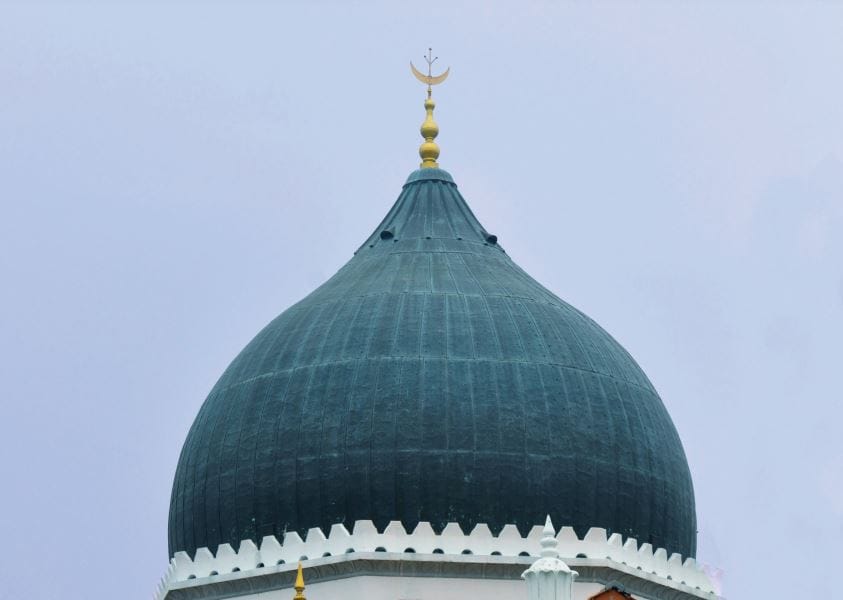Archaeological Evidence of Penang's Cosmopolitan Islamic Heritage
By Nabil Nadri
February 2025 FEATURE
Nabil Nadri

33, is a researcher at the Department of History and Civilisation, International Islamic University
Malaysia (IIUM), and is currently a PhD candidate
at the Centre for Global Archaeological Research
at Universiti Sains Malaysia (USM). He is passionate about local history, classical literatures and archaeology in order to preserve and spread awareness about these. He is proud of his diverse Malay, Chinese, Indo-Afghan and
Buginese origins.




